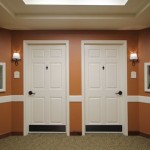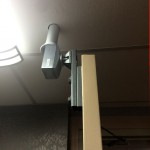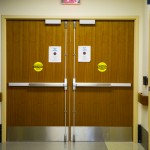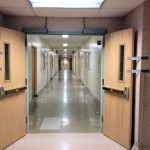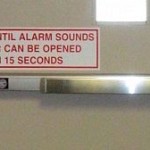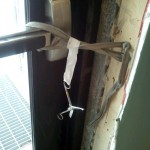WWYD? Assisted Living Entries
I am often asked whether it is code-compliant to install a separate deadbolt with a latchset or lockset on a dwelling unit entry door in an assisted living facility. Most doors in a means of egress are required to unlatch with one operation for egress. While there is an exception...

